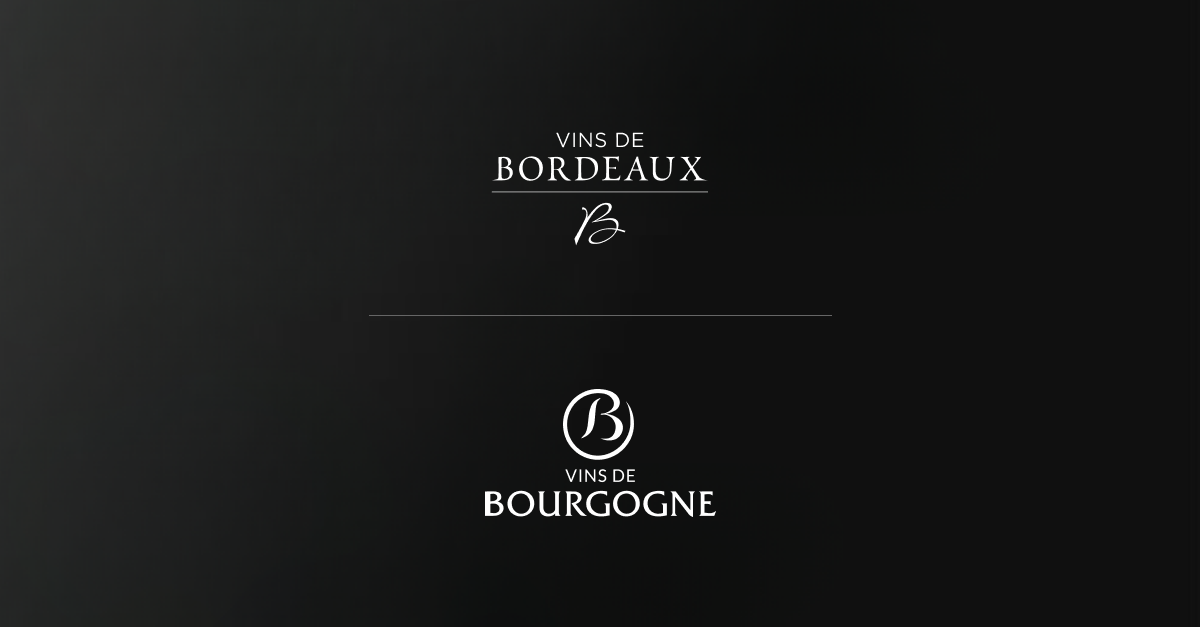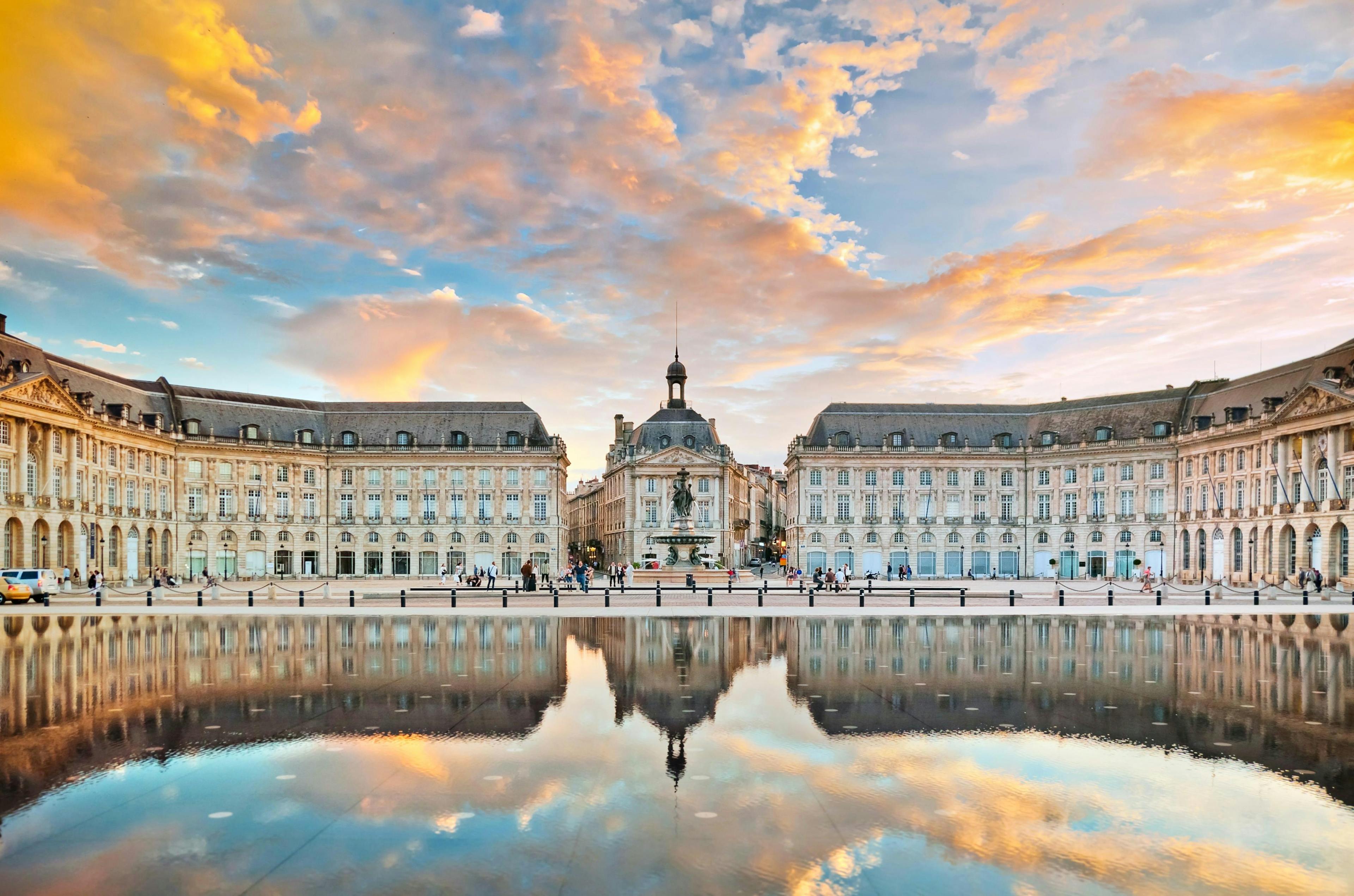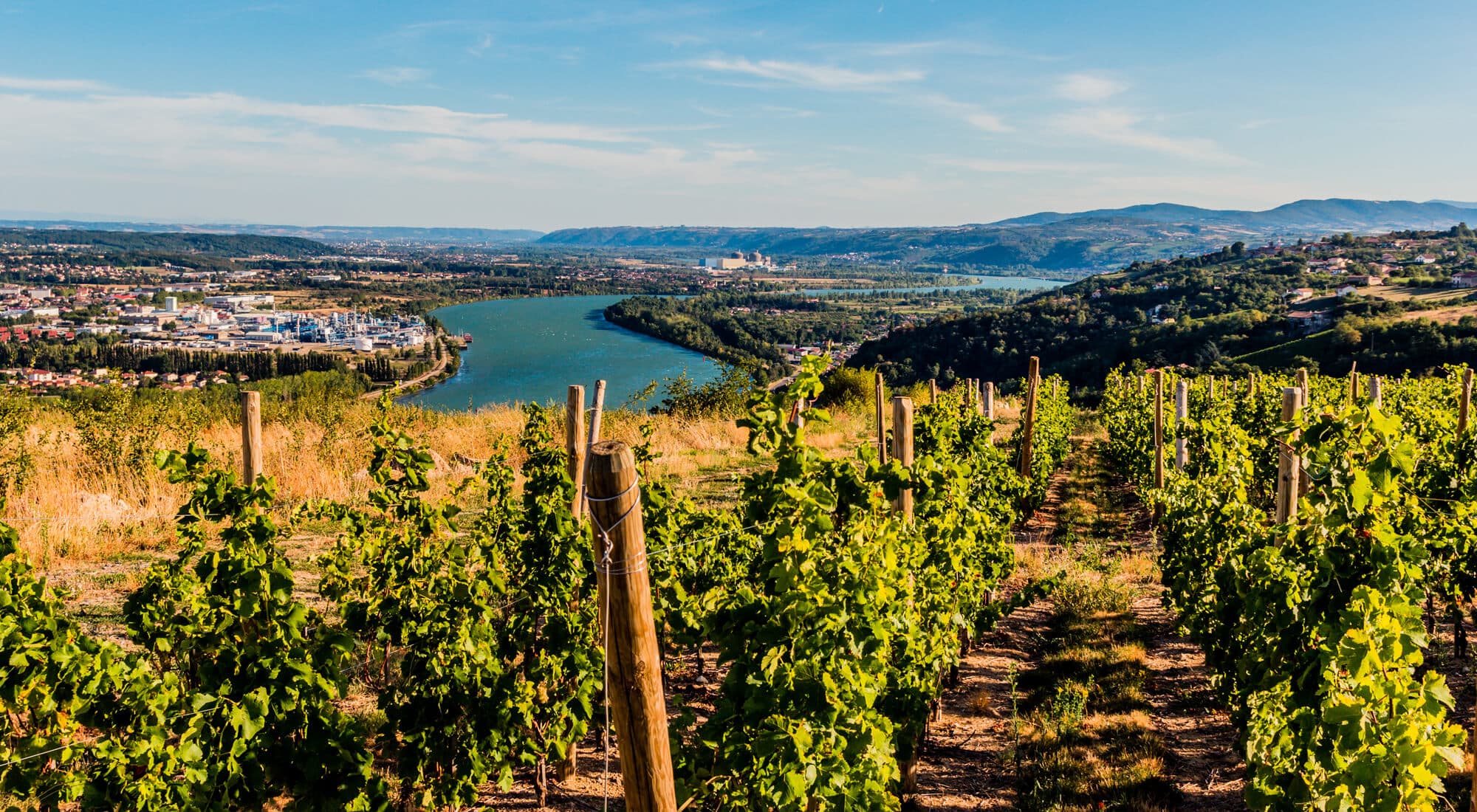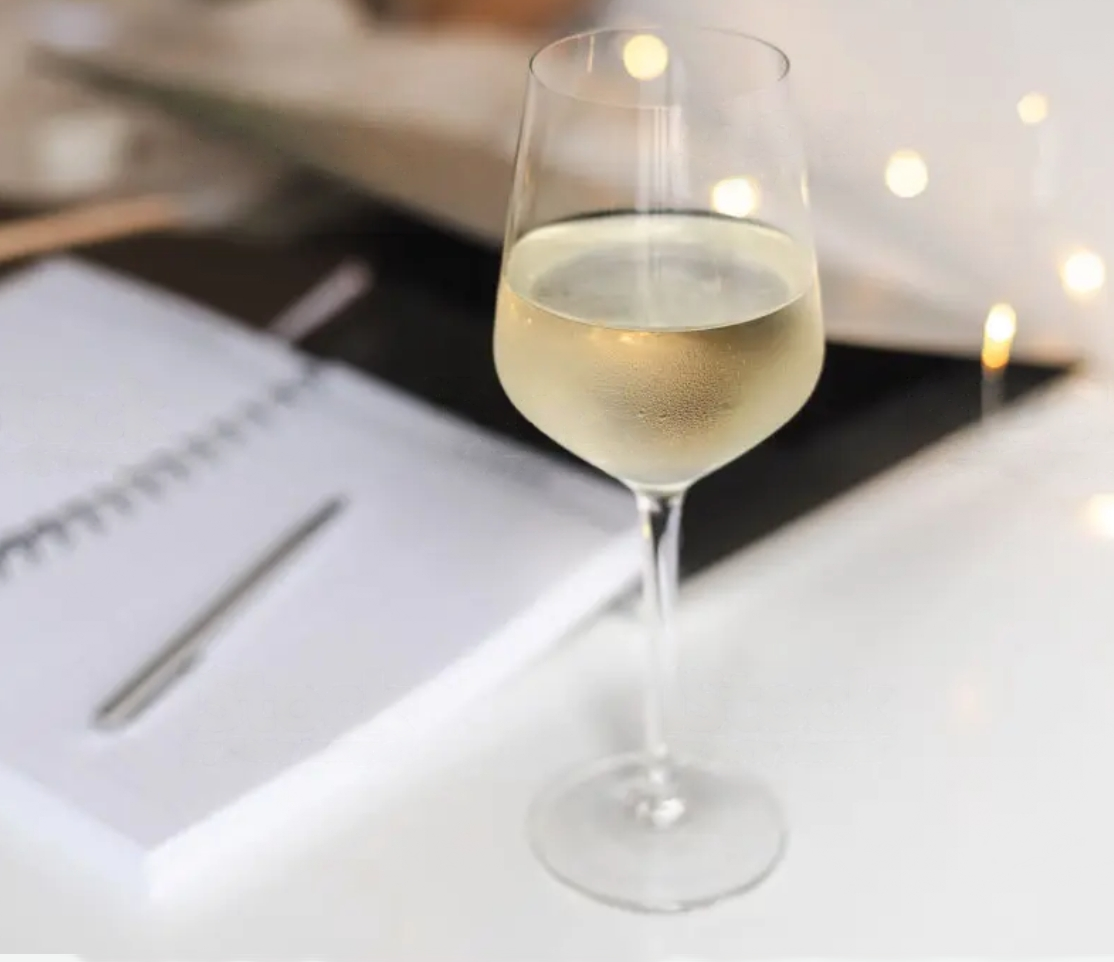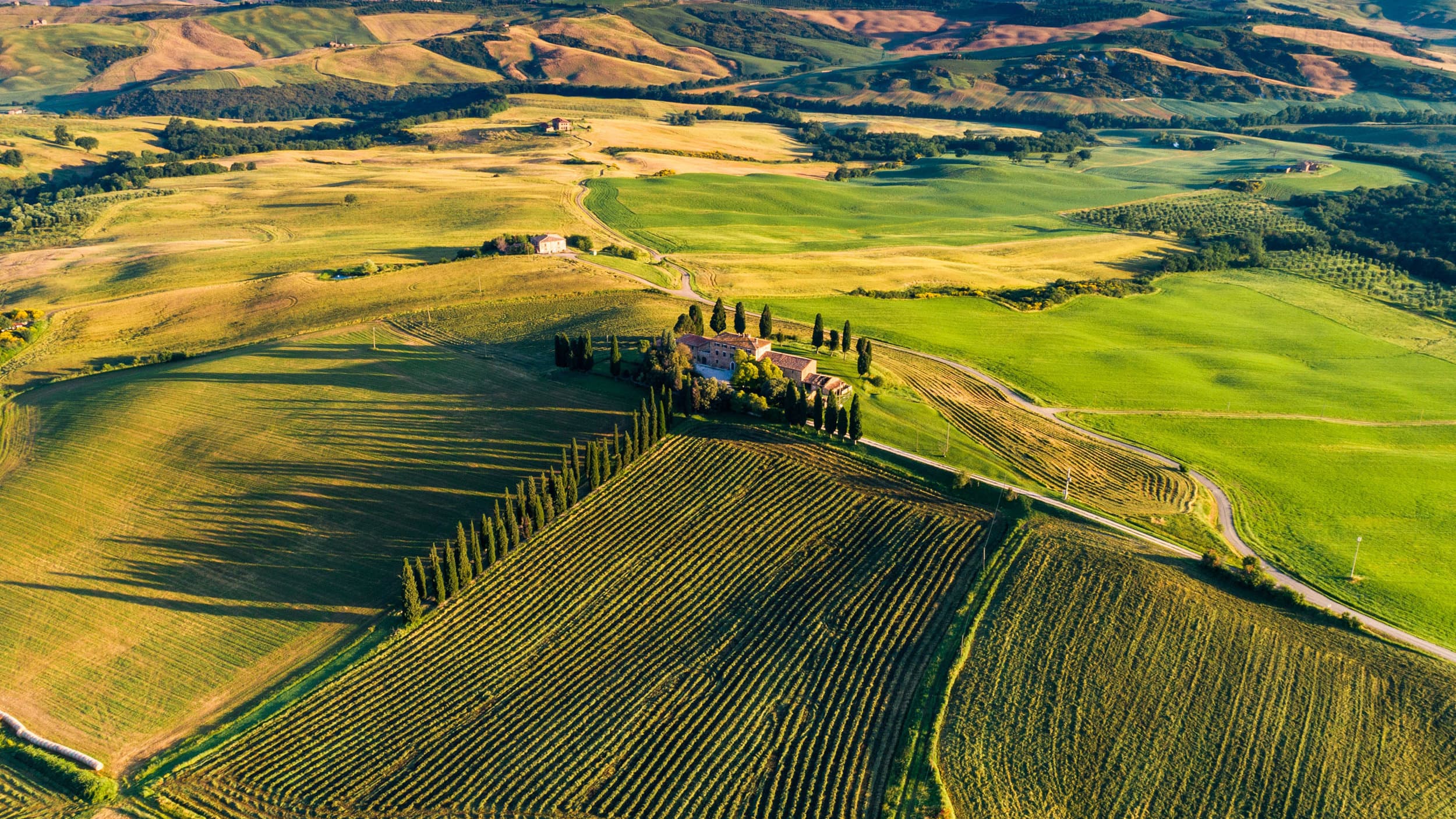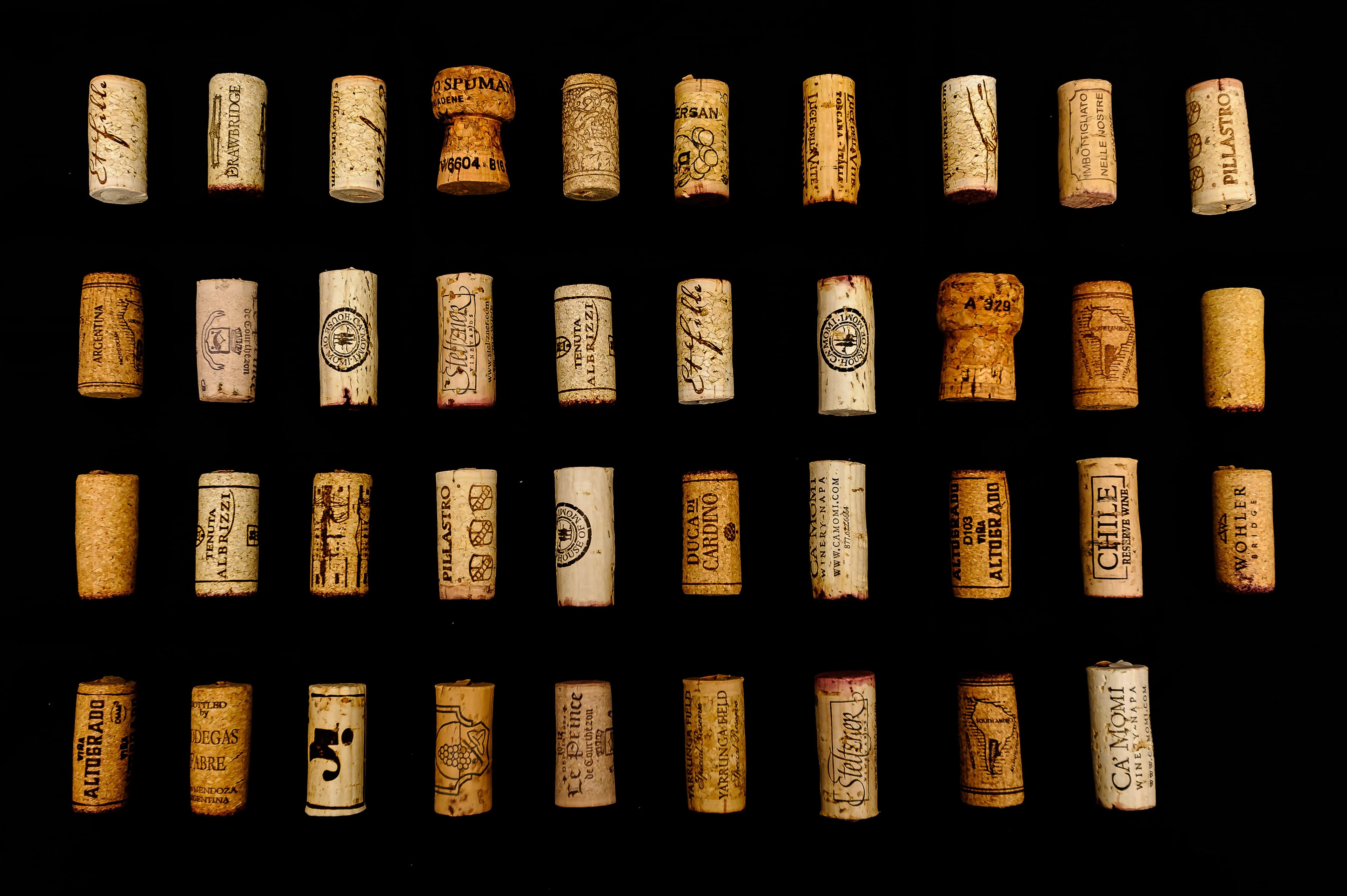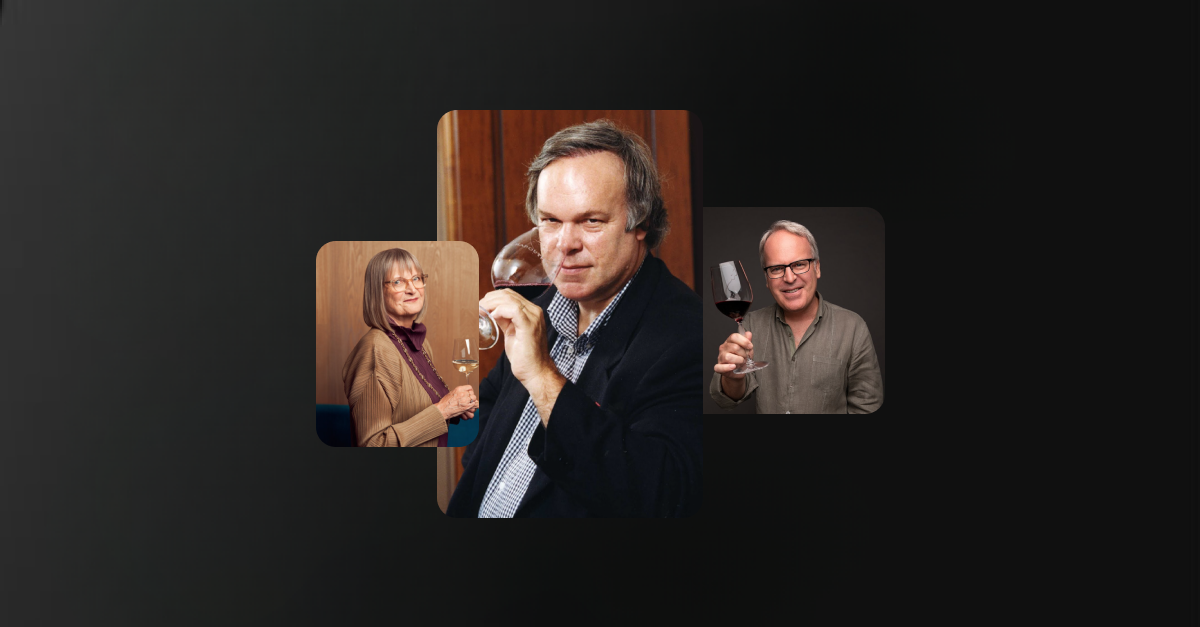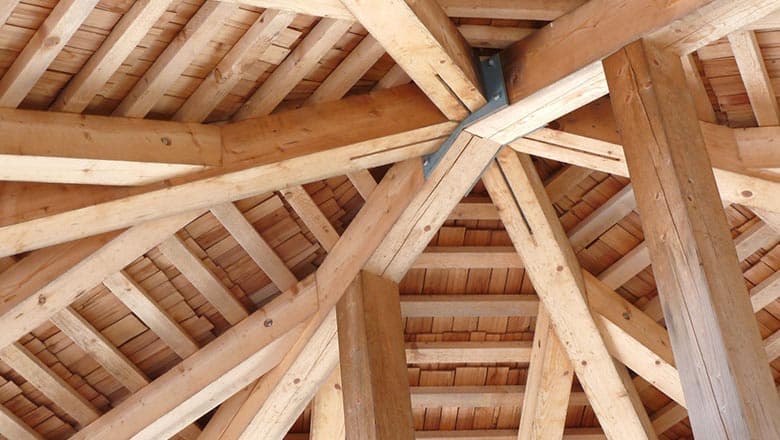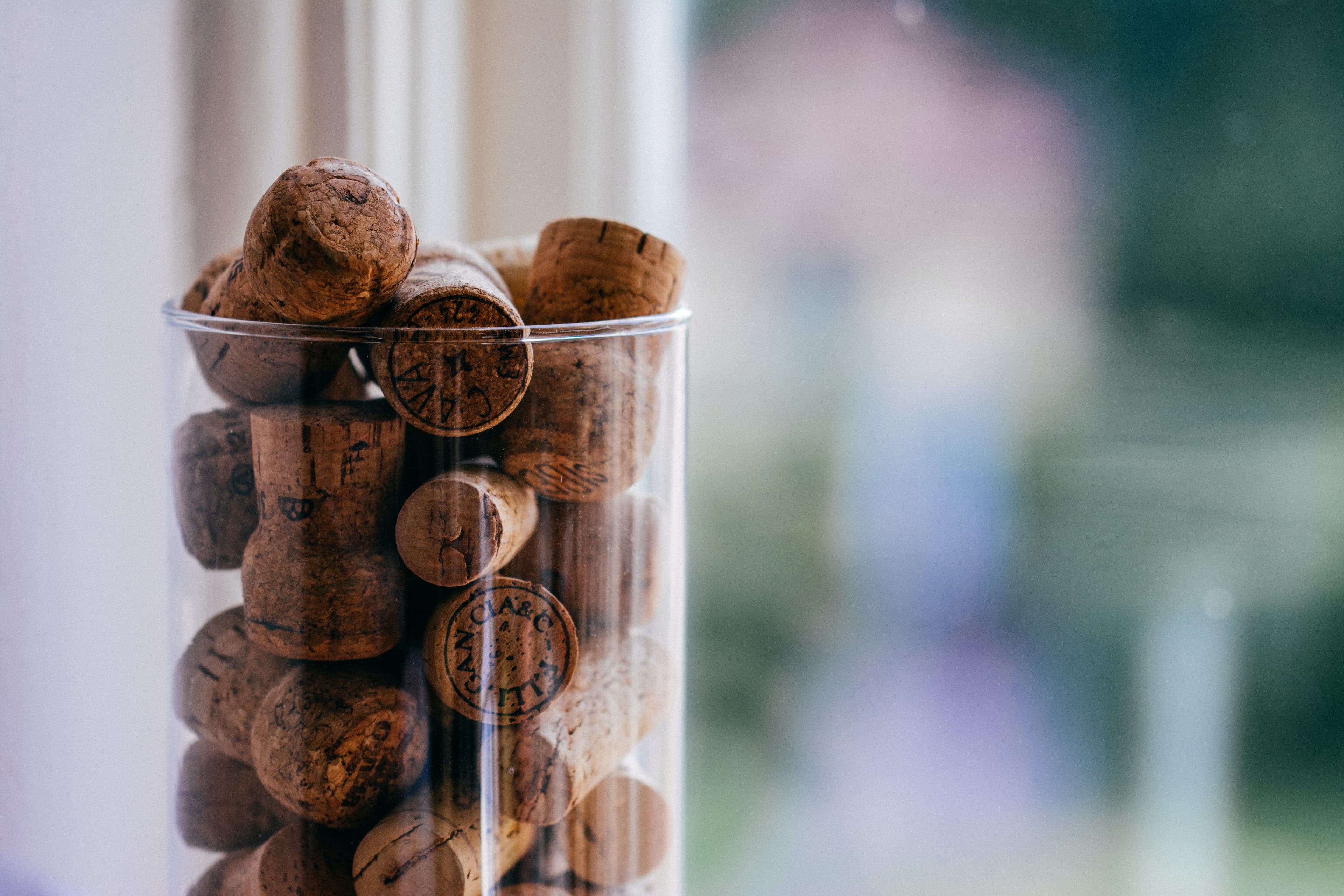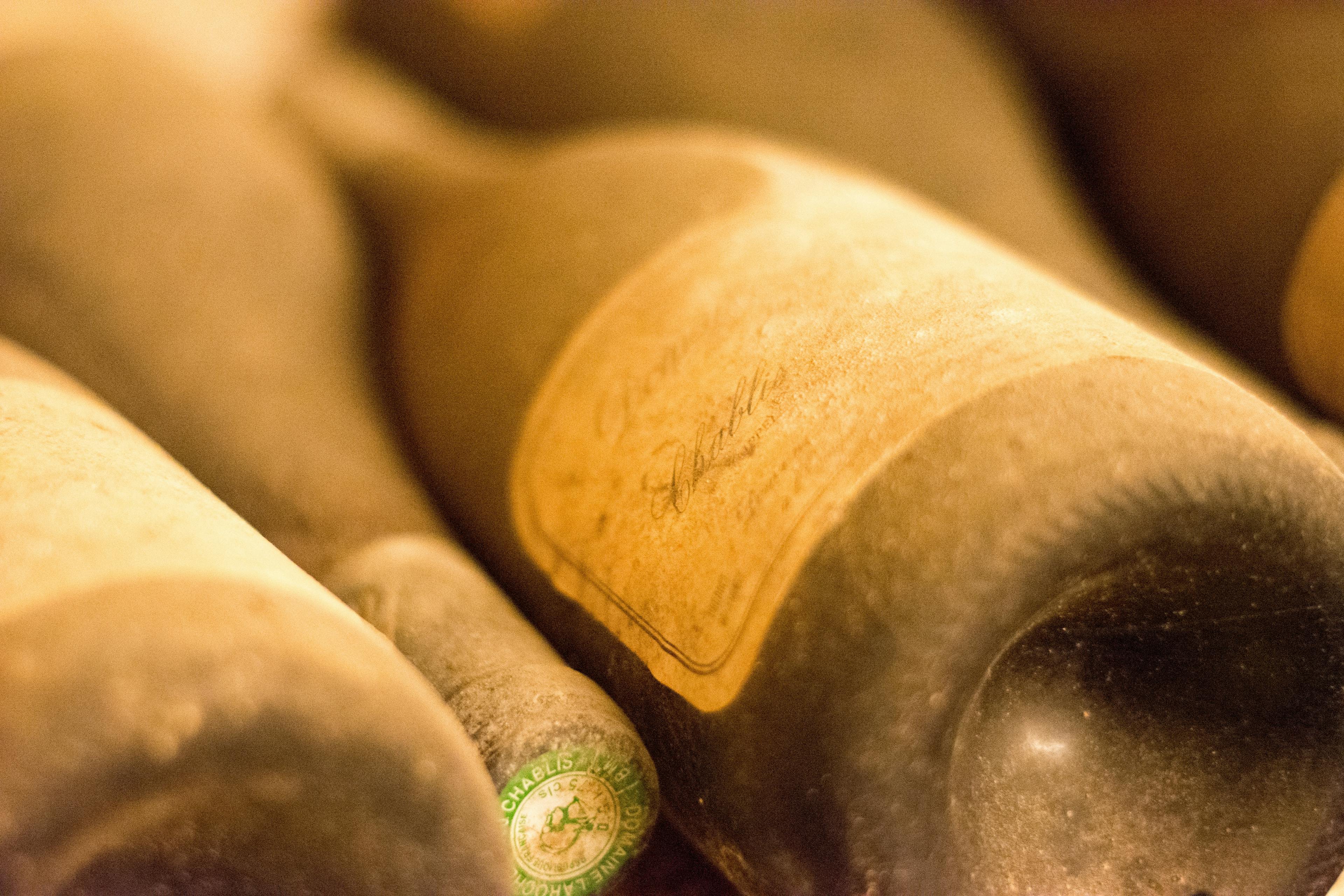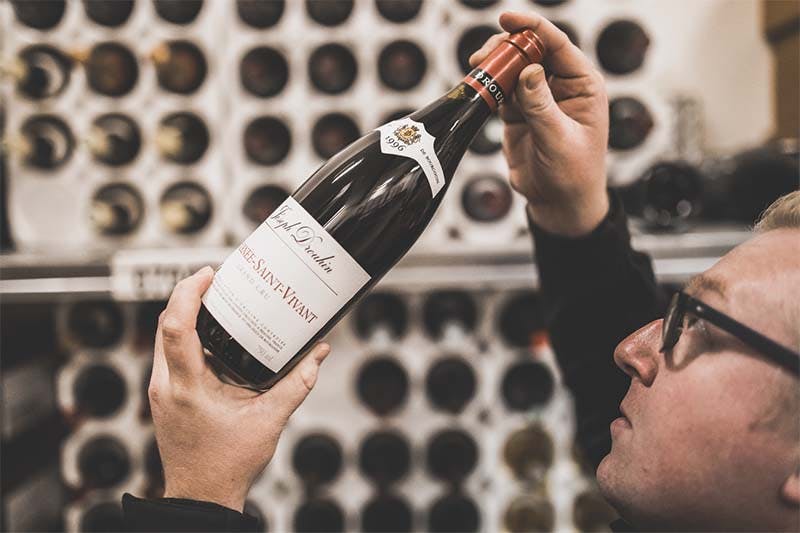What is the History Behind Château Lafite Rothschild?
12 min read
Head of Content

Discover the storied past of Château Lafite Rothschild, a name synonymous with luxury and quality in the world of fine wines. This prestigious estate, nestled in the heart of Bordeaux, France, has been at the forefront of winemaking since the 17th century. Its reputation for producing some of the world's most coveted wines is not just a testament to its exceptional terroir but also to the fascinating history that has shaped its development. From royal patronage to its pivotal role in the wine industry, the journey of Château Lafite Rothschild is as rich and complex as the wines it produces. In this article, we delve into the historical events and influential figures that have contributed to the estate's legendary status.
Origins: The Early Days of Château Lafite
Château Lafite Rothschild, a name synonymous with prestige in the wine world, has its roots deeply embedded in the rich soil of Bordeaux, France. The estate's origins trace back to the 17th century, establishing a foundation that would grow to become a beacon of quality and luxury in the wine industry. Initially, the property was known simply as Château Lafite, a modest estate in the Pauillac region of Bordeaux.
By the 18th century, Château Lafite's reputation for producing exceptional wines was well-established, attracting the attention of influential figures, including royalty. It was during this period that the estate began to expand, with significant acquisitions of neighboring vineyards. These strategic expansions allowed for greater control over the quality and characteristics of the wines produced.
Innovation in Viniculture: The estate pioneered several viniculture techniques that were revolutionary at the time.
Royal Patronage: Recognition by figures such as King Louis XV boosted its profile immensely.
Architectural Developments: Enhancements to the château itself also mirrored the growth in the stature of its wines.
Each of these elements played a crucial role in shaping the early days of Château Lafite Rothschild, setting the stage for centuries of winemaking excellence.
The Rothschild Acquisition and Its Impact
The Rothschild family's acquisition of Château Lafite in 1868 marked a pivotal moment in the winery's history. Under the stewardship of Baron James de Rothschild, the estate quickly flourished, gaining international prestige. This transition not only enhanced the quality of wine produced but also significantly influenced the global perception of French wines. The Rothschild name brought with it financial stability and an expansive network, which facilitated the distribution of Lafite wines to new markets, thereby increasing demand and elevating its status.
Post-acquisition, the estate saw numerous technological advancements in viticulture and winemaking processes. These innovations helped refine the quality of the wine, ensuring consistency and excellence in every bottle. Moreover, the Rothschilds were pioneers in adopting wine authentication practices to combat counterfeiting, a considerable problem at the time.
Today, Château Lafite Rothschild remains a symbol of luxury and quality in the wine industry. Learning how to properly serve such a prestigious wine can enhance the tasting experience, preserving the nuances and character that the Rothschilds worked so diligently to uphold.
Historical Milestones and Key Events
Château Lafite Rothschild, a name synonymous with luxury and quality in the wine industry, has a rich history marked by several significant milestones. Established in the 17th century, the estate quickly gained a reputation for producing some of the finest wines in the Bordeaux region. By the 18th century, it was already highly esteemed in court circles across Europe, with its wines served at prestigious events and enjoyed by royalty.
One of the key events in the château's history occurred in 1868 when the Rothschild family acquired the property, marking a new era of investment and innovation in winemaking techniques. This acquisition not only enhanced the estate's financial backing but also its international prestige. The Rothschilds introduced meticulous craftsmanship standards, which significantly influenced the quality of the wine produced.
Throughout the 20th century, Château Lafite Rothschild faced numerous challenges, including the economic crises and wars that swept through Europe. Despite these hurdles, the château continued to thrive, adapting its methods and continuously improving its vineyard management and wine production processes. Each challenge was met with innovative solutions that further solidified its status as a leader in the wine industry.
Evolution of Winemaking Techniques Over the Years
The winemaking techniques at Château Lafite Rothschild have undergone significant transformations since its establishment in the 17th century. Initially, the methods were rudimentary, focusing primarily on basic fermentation processes. As time progressed, the introduction of oak barrels from the 18th century enhanced the aging process, imparting a richer, more complex flavor profile to the wines.
In the 19th century, innovations continued with the adoption of more scientific approaches to viticulture and vinification. This period saw the implementation of temperature-controlled fermentation, which allowed for more precise management of the wine's development. The estate also began experimenting with different grape varietals and blending techniques, refining the distinctive character of their wines.
The 20th century brought further advancements, including the use of stainless steel vats and automated bottling lines, which improved consistency and hygiene. Modern technology also facilitated detailed soil analysis and more effective pest management, ensuring healthier vineyards.
Today, Château Lafite Rothschild incorporates both traditional and modern techniques, ensuring that each bottle reflects the rich history of the estate while meeting contemporary quality standards. Discover more facts about how these practices have shaped one of the world's most esteemed wineries.
The Château During Wars and Economic Crises
Throughout its storied past, Château Lafite Rothschild has weathered numerous wars and economic downturns, each leaving its mark on the estate. During the French Revolution, the château was seized and its lands were divided. Despite these challenges, it managed to survive and later thrive, largely due to its reputation for producing exceptional wines.
In the 20th century, the two World Wars had significant impacts. World War I saw the château being temporarily converted into a military hospital, which inevitably disrupted wine production. However, the resilience of the vineyard staff ensured that the vines remained well-maintained. World War II presented even greater challenges as the property was occupied by German forces, and the Rothschild family, being of Jewish descent, had to flee. Remarkably, the estate continued to operate and produce wine, albeit under strained circumstances.
Economic crises such as the Great Depression and the 2008 financial crisis also tested the château's stability. During these times, global wine sales plummeted, but strategic management and a focus on maintaining quality helped store value and prestige, allowing the estate to recover and maintain its esteemed position in the wine industry.
Contributions to the Bordeaux Wine Legacy
Château Lafite Rothschild has played a pivotal role in shaping the Bordeaux wine legacy, renowned for its exceptional quality and deep historical significance. This esteemed vineyard first gained prominence in the 17th century and has since been synonymous with the highest standards of wine production. Its contributions are manifold, influencing both the economic and cultural landscapes of the Bordeaux region.
Innovation in Viniculture: Lafite was among the first to implement the practice of barrel aging, significantly enhancing the complexity and longevity of their wines. This method has now become a staple in winemaking across Bordeaux.
Setting Quality Standards: The château's commitment to quality was instrumental in establishing Bordeaux as a benchmark for fine wines worldwide. Their meticulous attention to detail and dedication to excellence set a precedent that many other vineyards strive to emulate.
Global Recognition: Achieving consistent acclaim, the wines of Lafite Rothschild have helped elevate the status of Bordeaux wines on the international stage. Prestigious awards and high auction prices reflect their esteemed position in the global market.
For those interested in experiencing the taste of Lafite Rothschild's wines, it embodies the epitome of Bordeaux's rich winemaking heritage, offering a unique insight into the region's celebrated viticultural prowess.
Famous Patrons and Historical Figures
Château Lafite Rothschild, a name synonymous with luxury and quality in the wine world, has been favored by many influential figures throughout history. Kings, queens, and renowned artists have all been patrons of this prestigious vineyard. For instance, Thomas Jefferson, an avid wine enthusiast and the third President of the United States, was known to have a particular fondness for the wines produced here. His detailed letters and notes often mentioned Lafite as a personal favorite, highlighting its exceptional quality.
Moreover, the vineyard's reputation was not limited to political figures. Famous personalities in literature and art also celebrated the exquisite wines of Lafite. Charles Dickens, in his writings, alluded to the deep, complex flavors of Lafite, which he appreciated for their ability to complement a refined meal. This historical appreciation helps to understand why certain food pairings are particularly revered today.
King Louis XV often requested bottles for royal banquets.
Voltaire praised its virtues in several of his philosophical letters.
Napoleon Bonaparte was rumored to have taken cases with him on military campaigns, believing the wine provided comfort and a taste of luxury amidst the hardships of war.
Archival Discoveries: Old Vintages and Documents
Recent explorations into the archives of Château Lafite Rothschild have unearthed fascinating documents and bottles that shed light on the estate's storied past. These findings include detailed records of harvests, weather reports, and personal notes from various winemakers. Among the treasures discovered were bottles of exceptionally old vintages, some of which date back several centuries, offering a rare glimpse into the winemaking practices of the time.
Preservation Techniques: The condition of these ancient bottles reveals much about historical preservation techniques. Wax seals and glass quality suggest methods of maintaining wine integrity before modern technology.
Historical Correspondence: Letters between the Rothschild family and other prominent figures in the wine industry provide insight into the business strategies and personal relationships that shaped the vineyard’s development.
Winemaking Notes: Detailed annotations by past vintners give clues about the evolution of winemaking techniques at Lafite. These notes often mention specific challenges and innovations during various years.
For enthusiasts eager to learn more about popular vintages, these documents are invaluable, linking past practices to the present prestige of Lafite’s wines.
Restoration and Preservation Efforts
Restoration and preservation efforts at Château Lafite Rothschild have been pivotal in maintaining its esteemed legacy. Recognizing the importance of safeguarding this historical gem, extensive measures have been implemented to ensure its integrity and beauty for future generations. Initially, the focus was on structural stability, addressing any issues that could compromise the building's longevity.
Subsequently, attention turned to the aesthetic aspects, restoring the château’s unique architectural features. Artisans skilled in traditional techniques were employed to meticulously revive intricate carvings and stonework that characterize the estate. Additionally, the surrounding landscapes underwent a transformation to enhance the natural beauty and complement the château’s grandeur.
Efforts also extended to the vineyards, crucial for enjoying the renowned wines produced here. Innovative agricultural practices were adopted to promote sustainable grape cultivation, ensuring the quality of the wine remains unparalleled. These initiatives reflect a commitment to excellence and respect for the château’s rich history, blending heritage with modernity to continue its legacy.
The Global Expansion of the Lafite Brand
The global expansion of the Lafite brand is a testament to its enduring appeal and strategic market positioning. Initially rooted in the Bordeaux region of France, Château Lafite Rothschild's reputation for producing exceptional wines facilitated its entry into international markets. By the 20th century, the Rothschild family had already established strong distribution networks across Europe and the Americas, capitalizing on the burgeoning demand for luxury wines.
In the late 1990s, recognizing the potential in Asia, Lafite began to focus on expanding its presence there. China, in particular, became a pivotal market. The country's growing affluent class showed an increasing appreciation for prestigious wine brands, making it an ideal destination for Lafite's expansion efforts. Collaborations with local distributors and tailored marketing strategies helped cement Lafite's status in the Asian market.
Moreover, the brand ventured into new territories by establishing vineyards outside France. Notable projects include ventures in Chile and Argentina, where Lafite applied its winemaking expertise to different climatic and soil conditions, producing unique yet high-quality variants. These international endeavors not only diversified Lafite's product offerings but also reinforced its image as a global leader in the wine industry.
Conclusion
In conclusion, the rich history of Château Lafite Rothschild is not just a tale of vineyards and wine; it is a narrative deeply interwoven with European culture, economics, and politics. This prestigious estate has evolved through centuries, adapting to changes in ownership, viticultural techniques, and market demands, all while maintaining its status as a producer of one of the world's most coveted wines. The legacy of Château Lafite Rothschild is a testament to the enduring allure of fine wine and the meticulous care that goes into its production.
For enthusiasts and collectors looking to invest in such storied wines, Rekolt offers a seamless solution that preserves the integrity and value of these exquisite bottles. By choosing our professional cellar storage option, you ensure that your investment is maintained in optimal conditions, ideal for aging and potentially increasing in value over time. This service not only enhances the practicality of buying and storing fine wines but also simplifies the process of reselling and trading, making it an attractive proposition for both seasoned collectors and new enthusiasts alike. Thus, as we reflect on the historical significance of Château Lafite Rothschild, we also look forward to facilitating a future where the appreciation and enjoyment of such magnificent wines can continue to thrive.
Share this article
